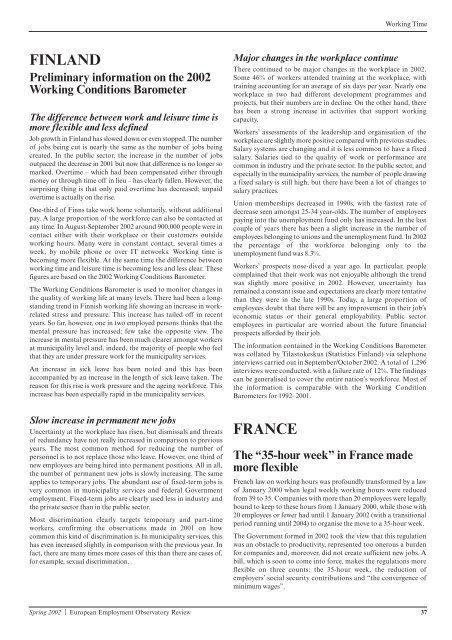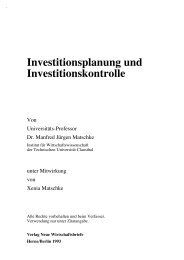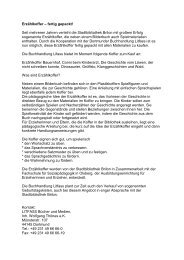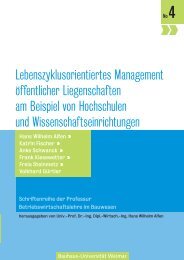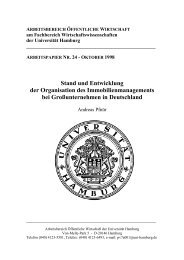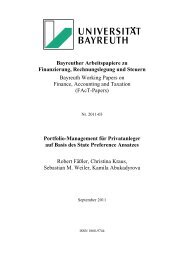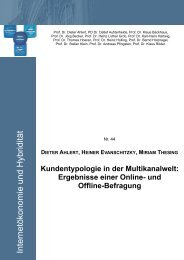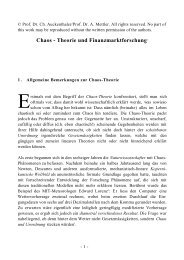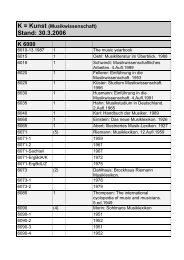FRANCE The
FRANCE The
FRANCE The
You also want an ePaper? Increase the reach of your titles
YUMPU automatically turns print PDFs into web optimized ePapers that Google loves.
FINLAND<br />
Preliminary information on the 2002<br />
Working Conditions Barometer<br />
<strong>The</strong> difference between work and leisure time is<br />
more flexible and less defined<br />
Job growth in Finland has slowed down or even stopped. <strong>The</strong> number<br />
of jobs being cut is nearly the same as the number of jobs being<br />
created. In the public sector, the increase in the number of jobs<br />
outpaced the decrease in 2001 but now that difference is no longer so<br />
marked. Overtime – which had been compensated either through<br />
money or through time off in lieu – has clearly fallen. However, the<br />
surprising thing is that only paid overtime has decreased; unpaid<br />
overtime is actually on the rise.<br />
One-third of Finns take work home voluntarily, without additional<br />
pay. A large proportion of the workforce can also be contacted at<br />
any time. In August-September 2002 around 900,000 people were in<br />
contact either with their workplace or their customers outside<br />
working hours. Many were in constant contact, several times a<br />
week, by mobile phone or over IT networks. Working time is<br />
becoming more flexible. At the same time the difference between<br />
working time and leisure time is becoming less and less clear. <strong>The</strong>se<br />
figures are based on the 2002 Working Conditions Barometer.<br />
<strong>The</strong> Working Conditions Barometer is used to monitor changes in<br />
the quality of working life at many levels. <strong>The</strong>re had been a longstanding<br />
trend in Finnish working life showing an increase in workrelated<br />
stress and pressure. This increase has tailed off in recent<br />
years. So far, however, one in two employed persons thinks that the<br />
mental pressure has increased; few take the opposite view. <strong>The</strong><br />
increase in mental pressure has been much clearer amongst workers<br />
at municipality level and, indeed, the majority of people who feel<br />
that they are under pressure work for the municipality services.<br />
An increase in sick leave has been noted and this has been<br />
accompanied by an increase in the length of sick leave taken. <strong>The</strong><br />
reason for this rise is work pressure and the ageing workforce. This<br />
increase has been especially rapid in the municipality services.<br />
Slow increase in permanent new jobs<br />
Uncertainty at the workplace has risen, but dismissals and threats<br />
of redundancy have not really increased in comparison to previous<br />
years. <strong>The</strong> most common method for reducing the number of<br />
personnel is to not replace those who leave. However, one third of<br />
new employees are being hired into permanent positions. All in all,<br />
the number of permanent new jobs is slowly increasing. <strong>The</strong> same<br />
applies to temporary jobs. <strong>The</strong> abundant use of fixed-term jobs is<br />
very common in municipality services and federal Government<br />
employment. Fixed-term jobs are clearly used less in industry and<br />
the private sector than in the public sector.<br />
Most discrimination clearly targets temporary and part-time<br />
workers, confirming the observations made in 2001 on how<br />
common this kind of discrimination is. In municipality services, this<br />
has even increased slightly in comparison with the previous year. In<br />
fact, there are many times more cases of this than there are cases of,<br />
for example, sexual discrimination.<br />
Working Time<br />
Major changes in the workplace continue<br />
<strong>The</strong>re continued to be major changes in the workplace in 2002.<br />
Some 46% of workers attended training at the workplace, with<br />
training accounting for an average of six days per year. Nearly one<br />
workplace in two had different development programmes and<br />
projects, but their numbers are in decline. On the other hand, there<br />
has been a strong increase in activities that support working<br />
capacity.<br />
Workers’ assessments of the leadership and organisation of the<br />
workplace are slightly more positive compared with previous studies.<br />
Salary systems are changing and it is less common to have a fixed<br />
salary. Salaries tied to the quality of work or performance are<br />
common in industry and the private sector. In the public sector, and<br />
especially in the municipality services, the number of people drawing<br />
a fixed salary is still high, but there have been a lot of changes to<br />
salary practices.<br />
Union memberships decreased in 1990s, with the fastest rate of<br />
decrease seen amongst 25-34 year-olds. <strong>The</strong> number of employees<br />
paying into the unemployment fund only has increased. In the last<br />
couple of years there has been a slight increase in the number of<br />
employees belonging to unions and the unemployment fund. In 2002<br />
the percentage of the workforce belonging only to the<br />
unemployment fund was 8.3%.<br />
Workers’ prospects nose-dived a year ago. In particular, people<br />
complained that their work was not enjoyable although the trend<br />
was slightly more positive in 2002. However, uncertainty has<br />
remained a constant issue and expectations are clearly more tentative<br />
than they were in the late 1990s. Today, a large proportion of<br />
employees doubt that there will be any improvement in their job’s<br />
economic status or their general employability. Public sector<br />
employees in particular are worried about the future financial<br />
prospects afforded by their job.<br />
<strong>The</strong> information contained in the Working Conditions Barometer<br />
was collated by Tilastokeskus (Statistics Finland) via telephone<br />
interviews carried out in September/October 2002. A total of 1,296<br />
interviews were conducted, with a failure rate of 12%. <strong>The</strong> findings<br />
can be generalised to cover the entire nation’s workforce. Most of<br />
the information is comparable with the Working Condition<br />
Barometers for 1992–2001.<br />
<strong>FRANCE</strong><br />
<strong>The</strong> “35-hour week” in France made<br />
more flexible<br />
French law on working hours was profoundly transformed by a law<br />
of January 2000 when legal weekly working hours were reduced<br />
from 39 to 35. Companies with more than 20 employees were legally<br />
bound to keep to these hours from 1 January 2000, while those with<br />
20 employees or fewer had until 1 January 2002 (with a transitional<br />
period running until 2004) to organise the move to a 35-hour week.<br />
<strong>The</strong> Government formed in 2002 took the view that this regulation<br />
was an obstacle to productivity, represented too onerous a burden<br />
for companies and, moreover, did not create sufficient new jobs. A<br />
bill, which is soon to come into force, makes the regulations more<br />
flexible on three counts: the 35-hour week, the reduction of<br />
employers’ social security contributions and “the convergence of<br />
minimum wages”.<br />
Spring 2002 | European Employment Observatory Review 37


